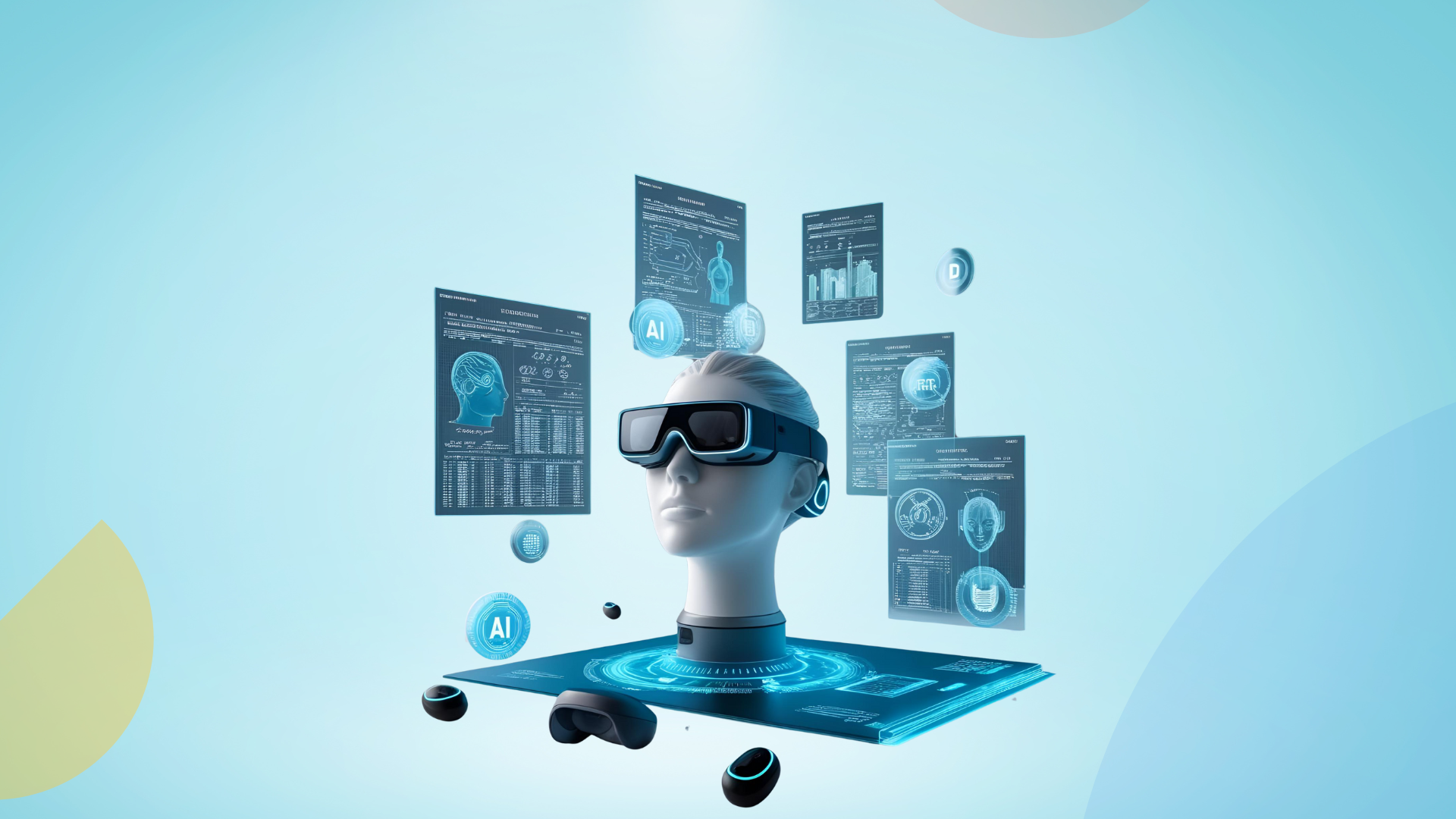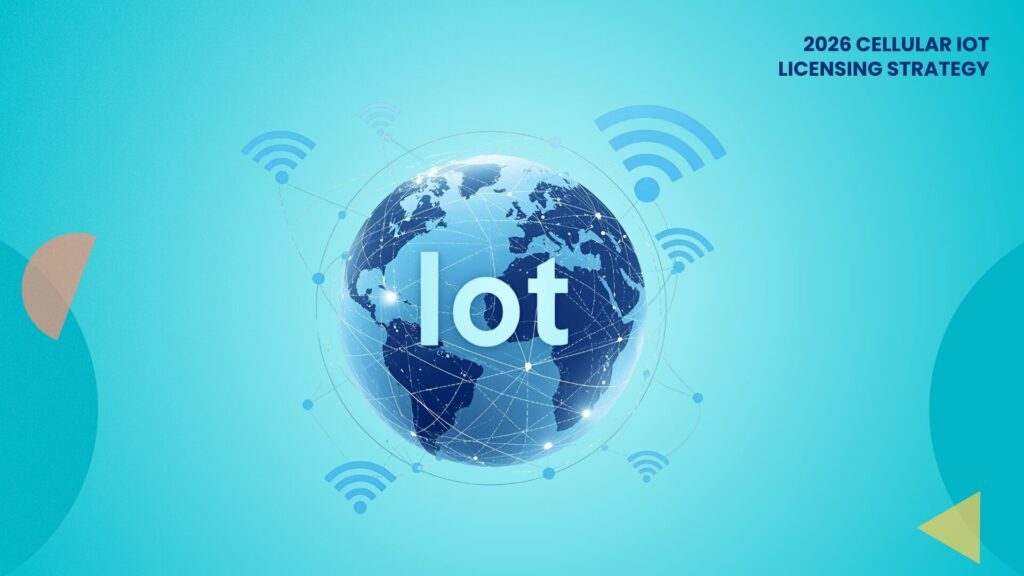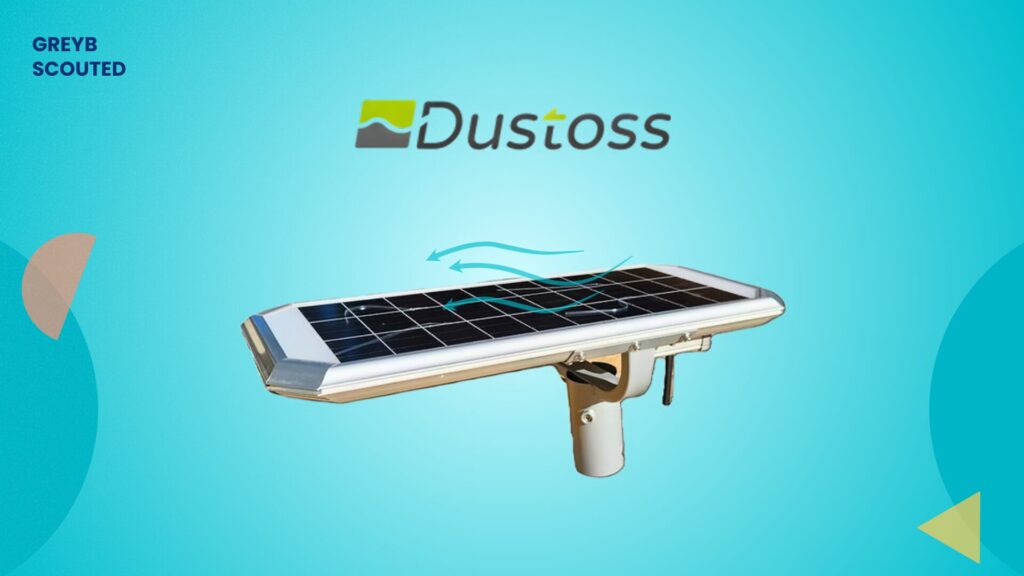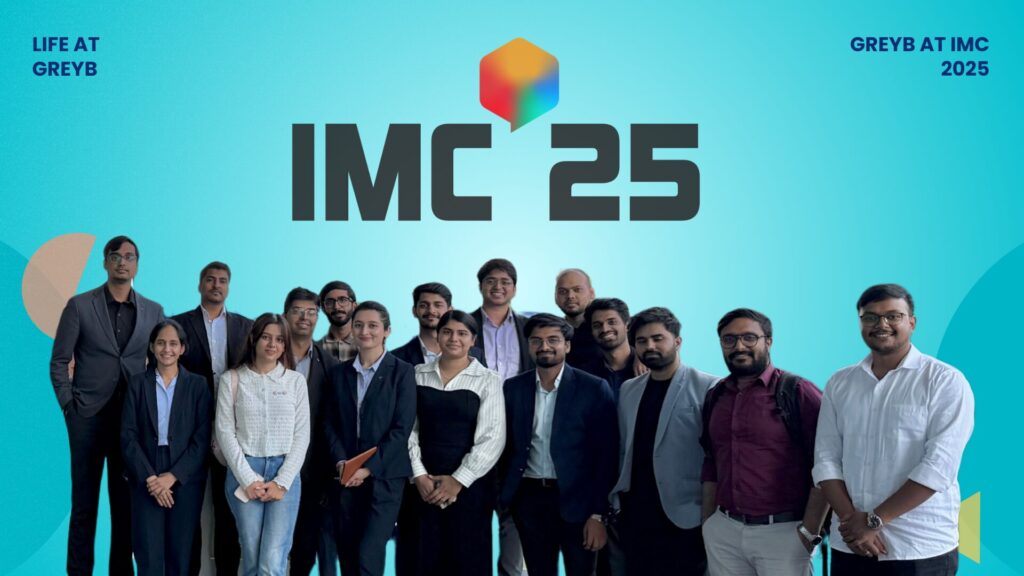In 2025, Samsung isn’t just building wearables—it’s fixing what others overlooked.
Rather than competing solely on specs, it’s introducing technologies that remove barriers to user adoption. Think: XR glasses with built-in prescription adjustability, or earbuds that auto-optimize sound quality based on ear fit and environment. Each move reflects Samsung’s effort to merge XR, health sensing, and adaptive audio into a unified, user-aware platform.
This article examines how Samsung’s acquisitions and patent filings are positioning the company as a serious contender in the wearables market, particularly in competition with Apple and Meta. We’ll unpack the underlying technologies and why players in wearable technology should be tracking Samsung’s moves now.
Project Moohan and Project HAEAN have put Samsung Face to Face Against Meta and Apple
After years of behind-the-scenes development, Samsung’s XR ambitions are stepping into the spotlight. Project Moohan—Samsung’s collaborative XR initiative with Google (software) and Qualcomm (chips) materialized at Mobile World Congress 2025 with Samsung’s first Android XR headset. This device integrates multimodal AI with advanced XR capabilities, establishing the foundation for more context-aware and personalized experiences.
In March 2025, Economic Times reported that Samsung is preparing to launch smart glasses under the codename Project HAEAN. According to South Korea’s Maeil Business Newspaper, Samsung plans an initial production run of 500,000 units for Q3 2025.
These lightweight devices will reportedly feature Galaxy AI, multiple cameras, and support for payments, gestures, and facial recognition. It will potentially position Samsung as a competitor to Meta’s Ray-Ban smart glasses and Apple’s Vision Pro.
Samsung’s Patents Address Wearable Technology Challenges
Samsung has long been a leader in wearable technology patents. Between 2002 and 2022, Samsung filed 3,716 patents, outpacing its competitors, including Apple and Sony.
Samsung’s recent patent filings demonstrate its focus on solving practical challenges faced by wearable users. Right from vision correction to real-time health monitoring, here is a look at Samsung’s acquired tech:
Smart Glasses with Prescription Integration
In February 2025, Samsung’s publication US2025/0060618A1 addresses a wearable electronic device incorporating prescription lenses. These smart glasses feature a display and prescription lenses that can adjust in distance to fit your needs. It is possible via a unique gear mechanism.
You can easily customize the distance between the display and lenses for a comfortable fit. The gears have special protrusions and grooves that allow smooth adjustments, ensuring a perfect fit for your vision.
AI-generated images based on patent claims; not representative of actual products.
Advanced Temperature Sensing
Samsung’s March 2025 patent filing (WO2025037761) describes a device equipped with temperature sensors capable of measuring body temperature on demand.
AI-generated images based on patent claims; not representative of actual products.
This patented wearable device introduces several innovative features that set it apart from current products in the market. Unlike conventional wearables that require manual activation or constant monitoring, this device intelligently uses a combination of an inertial sensor and gesture recognition to activate the temperature sensor only when needed.
The gesture-based activation, such as moving the hand towards the forehead, offers a more intuitive and hands-free experience than devices that rely on buttons or touchscreens. Additionally, the non-contact infrared temperature sensor allows for hygienic, touchless readings. At the same time, the device’s context-awareness distinguishes between measuring a person’s body temperature or an object’s temperature, ensuring more accurate readings.
These filings suggest Samsung’s interest in addressing practical user needs while exploring technical possibilities in the wearable space.
Similarly, staying ahead in the fast-evolving patent landscape requires proactive insights into your competitors’ strategies and technological advancements.
GreyB’s SLATE offers a competitive edge by tracking patents, uncovering hidden trends, and providing real-time alerts on competitor activity and tech developments. Whether you’re analyzing what problems your rivals are solving, identifying stealth filings, or optimizing your IP strategy, SLATE provides the clarity and foresight you need to make informed decisions.
Explore SLATE – Book a free demo to see how it can help you stay ahead in the ever-changing tech and patent landscape.
Get the Report in your Inbox
Fill the form to get access to the report
Strengthening XR Capabilities Through Targeted Patent Acquisitions
In addition to its internal innovations, Samsung is actively expanding its technological portfolio through strategic patent acquisitions. These acquisitions play a key role in enhancing Samsung’s position within the wearables and extended reality (XR) space, giving the company a competitive edge in the fast-evolving market.
3D Vision and Spatial Computing (March 2025)
Samsung’s most recent acquisition involved 16 patents from Vangogh Imaging Inc., focusing on 3D vision processing technologies. These patents cover:
- 3D data compression
- Object recognition
- Real-time remote collaboration with virtual presence
- Advanced facial animation and tracking
Examining the Vangogh portfolio highlights some key technologies that could help Samsung compete against leading players in the XR space, especially in avatar technology.
For instance, patent US11620779B2 provides Samsung with technology for “remote visualization of real-time 3D facial animation with synchronized voice.” This technology captures facial images, depth maps, voice, and timestamps, processing them into a 3D model.
It could enable features similar to Apple’s “Personas” in Vision Pro, allowing avatars for FaceTime and collaborative applications. The potential for synchronized facial animation and voice could enhance interaction capabilities in AR/VR environments, providing more natural communication in virtual spaces.
Unique 3D Video Compression and Real-Time Remote Interaction Using SLAM Technology
The patent US10380762B2 introduces a novel real-time remote collaboration method using Simultaneous Localization and Mapping (SLAM) to create dynamic 3D models of scenes or objects. Its key distinction lies in compressing 3D video in real-time, enabling high-quality remote interactions with minimal bandwidth.
Leveraging Simultaneous Localization and Mapping (SLAM), the technology constructs precise 3D models while transmitting only essential data, such as positional and sensor information, reducing the data load compared to traditional video streaming. This is particularly beneficial for VR and AR applications, where large file sizes can cause lag and performance issues.
AI-generated images based on patent claims; not representative of actual products.
Additionally, the technology captures 3D models of dynamic objects, including non-rigid ones like people, by transmitting only sparse feature data (e.g., key body points or moving objects), unlike traditional methods that require high-bandwidth 3D models or video streams.
Real-Time 3D Avatars for Low-Bandwidth Collaboration
Patents US10839585B2 and US11170552B2 aim to create and control 3D avatars using depth cameras, even over low-bandwidth networks. These technologies are poised to address the growing demand for immersive, lifelike telepresence in professional and social settings.
Traditional platforms like Zoom or Google Meet rely heavily on 2D video feeds and often struggle to maintain engagement during extended virtual meetings. Samsung’s avatar technology overcomes this limitation by creating expressive, motion-rich avatars that feel far more present, thereby reducing fatigue and enhancing the effectiveness of remote communication.
Notably, these patents have already drawn attention from major players like Meta, Tencent, Baidu, and Ericsson, each citing the technology in their filings, underscoring its industry relevance.
AI-generated images based on patent claims; not representative of actual products.
Adaptive Audio Intelligence (February 2025)
Samsung acquired 18 patents from Ams Osram focusing on active noise cancellation (ANC) technologies. These innovations address challenges in wearable audio, including:
- Background noise suppression: Reducing unwanted sounds around you, making it easier to hear your music or calls.
- Seal variability compensation: Ensuring a snug fit in your ears, no matter the shape, to block outside noise effectively.
- Latency reduction: Minimizing the delay between what you hear and what’s happening in your media.
- Signal processing efficiency: Making the sound clearer and more precise, even in challenging environments.
These innovations could give Samsung’s earbuds a competitive edge against Apple’s AirPods and other brands, making them even better for music lovers and frequent travelers.
Industry Momentum
Samsung isn’t alone in recognizing wearable technology’s potential. Recent industry developments underscore growing competition:
- Google is reportedly pursuing an acquisition of AdHawk Microsystems, a Canadian eye-tracking startup showcased at CES 2025, to enhance its smart glasses capabilities.
- HP acquired Humane Inc. (maker of the AI Pin) for $116 million, adding over 300 wearable-related patents to its portfolio (LinkedIn).
- NVIDIA has filed patents for backlight-free AR displays, signaling its interest in immersive wearable platforms (TrendForce).
Conclusion
As Samsung fuses XR, health sensing, and adaptive audio into one seamless ecosystem, the IP landscape is becoming harder to map. Patents that look unrelated on paper—like avatar modeling and ANC earbuds—are now part of the same user experience.
The real challenge? Tracking how competitors are building these clusters over time. Traditional competitor tracking doesn’t show:
- When acquired patents quietly fill key gaps (e.g., Vangogh’s avatar IP, Osram’s ANC tech)
- Where cross-device convergence is accelerating
- Which rivals are sprinting into your product territory
GreyB’s SLATE platform tracks these moves in real time. It gives you:
- Competitor benchmarking: Understand where leaders like Samsung, Apple, and Meta are investing—and how fast
- Patent acquisition tracking: See when and why competitors are buying their way into new verticals
- Converged IP mapping: Follow how isolated patents start forming high-impact clusters across XR, audio, and health
With SLATE, spot your competitor’s moves before it makes a headline.
Book a demo to benchmark your IP strategy against the companies reshaping wearables.
Get the Report in your Inbox
Fill the form to get access to the report









